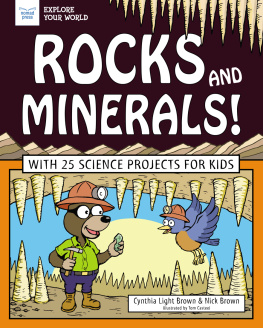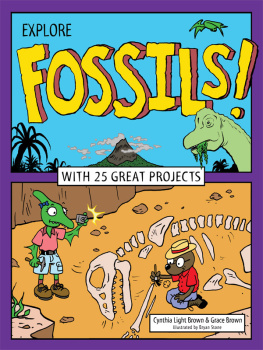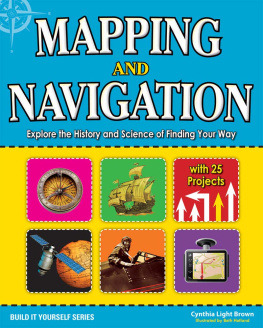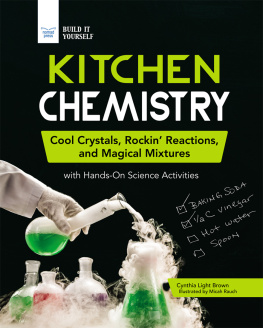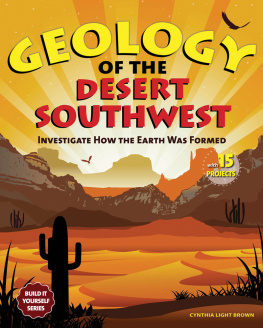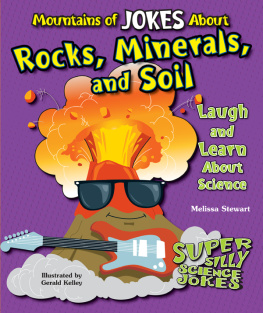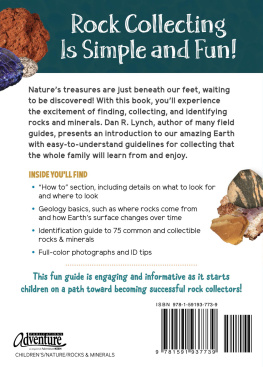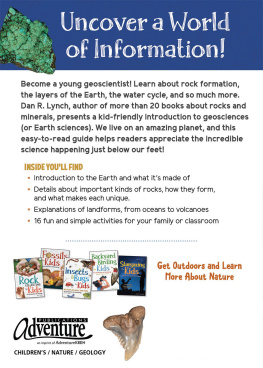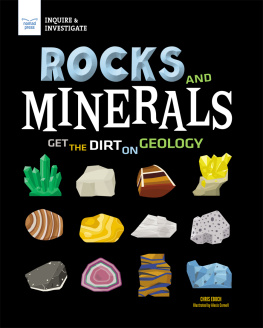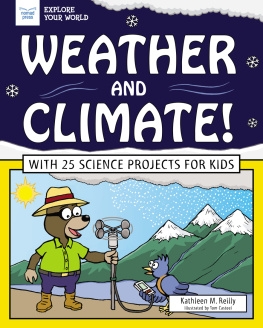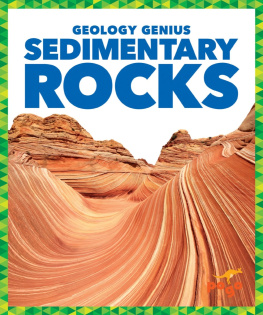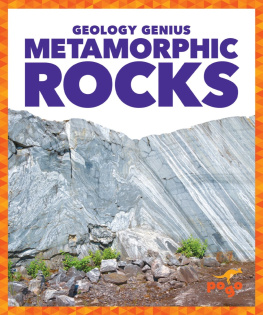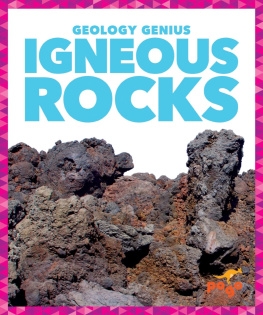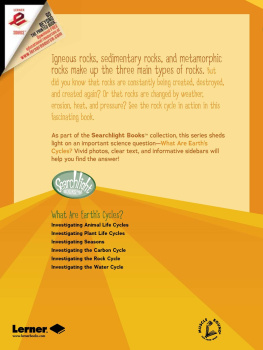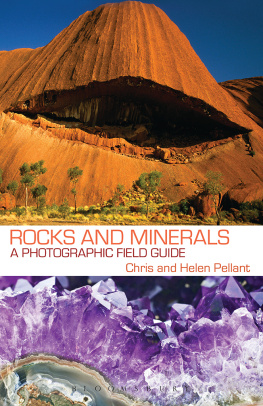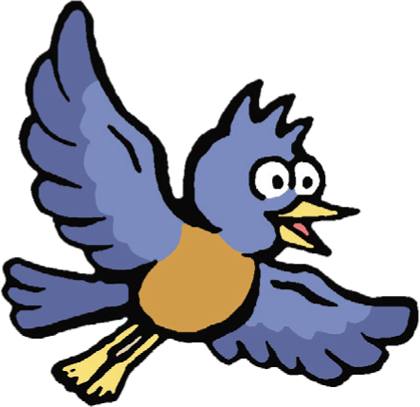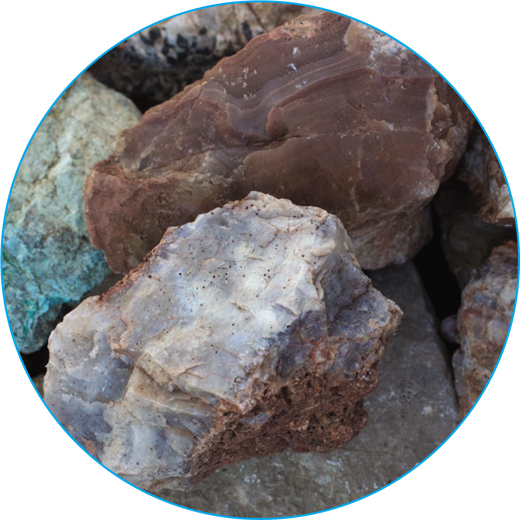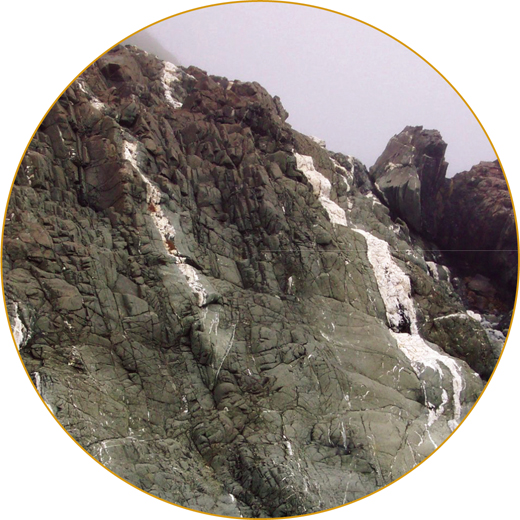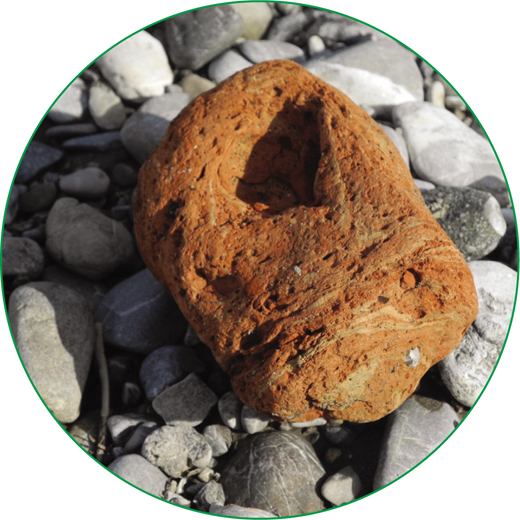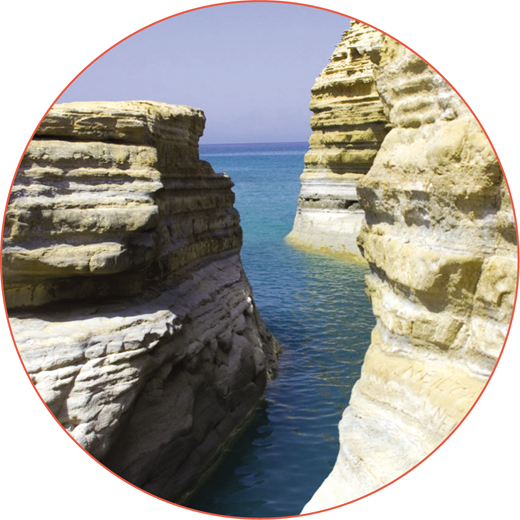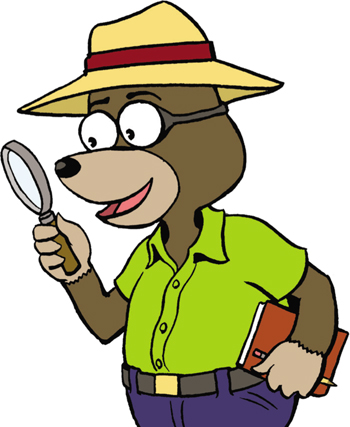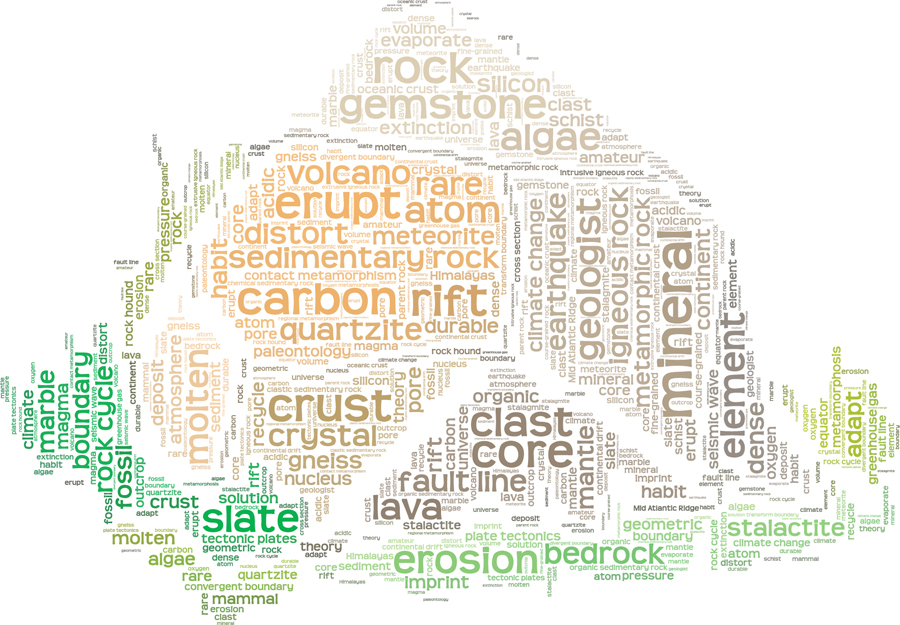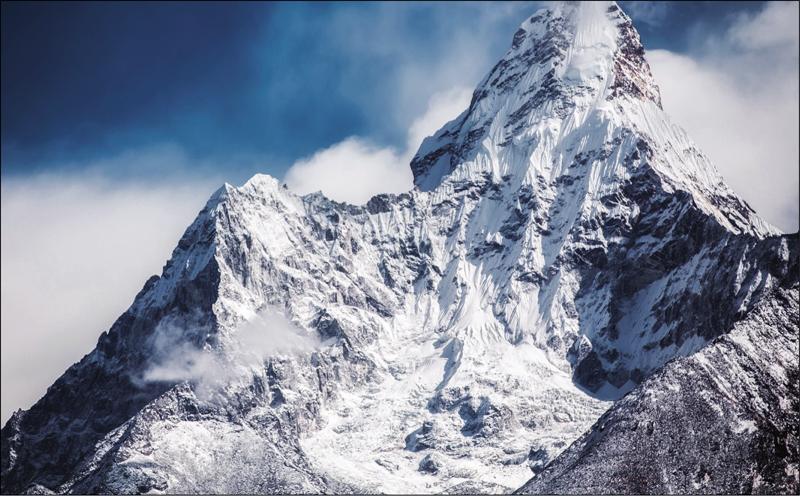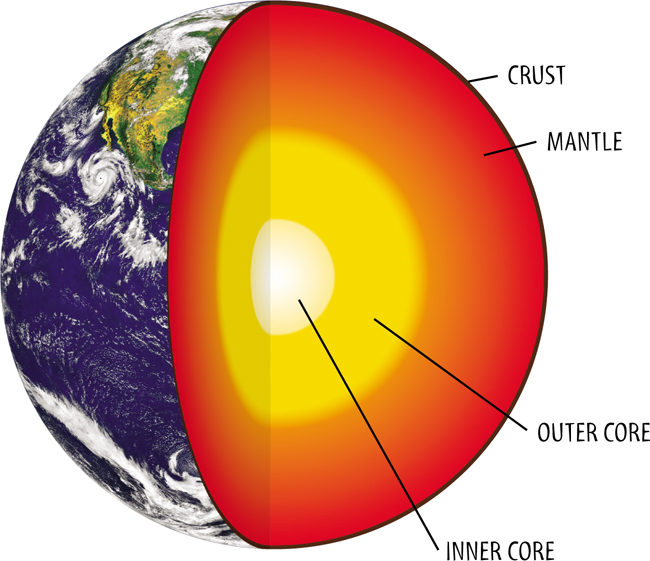Cynthia Light Brown - Rocks and Minerals!: With 25 Science Projects for Kids
Here you can read online Cynthia Light Brown - Rocks and Minerals!: With 25 Science Projects for Kids full text of the book (entire story) in english for free. Download pdf and epub, get meaning, cover and reviews about this ebook. year: 2020, publisher: Nomad Press, genre: Children. Description of the work, (preface) as well as reviews are available. Best literature library LitArk.com created for fans of good reading and offers a wide selection of genres:
Romance novel
Science fiction
Adventure
Detective
Science
History
Home and family
Prose
Art
Politics
Computer
Non-fiction
Religion
Business
Children
Humor
Choose a favorite category and find really read worthwhile books. Enjoy immersion in the world of imagination, feel the emotions of the characters or learn something new for yourself, make an fascinating discovery.
- Book:Rocks and Minerals!: With 25 Science Projects for Kids
- Author:
- Publisher:Nomad Press
- Genre:
- Year:2020
- Rating:4 / 5
- Favourites:Add to favourites
- Your mark:
Rocks and Minerals!: With 25 Science Projects for Kids: summary, description and annotation
We offer to read an annotation, description, summary or preface (depends on what the author of the book "Rocks and Minerals!: With 25 Science Projects for Kids" wrote himself). If you haven't found the necessary information about the book — write in the comments, we will try to find it.
Discover what lies beneath our feet in this full-color book for kids ages 7 to 10, chock-full of hands-on STEM activities and real-world connections that engage learners with earth science!
Everyone knows what a rock is, but do you know what a rock is made of? And how it was made? And what its good for?
Rocks and Minerals! With 25 Science Projects for Kids invites kids ages 7 to 10 on a tour of the fascinating world of the geological forces that create and transform rocks, including the life cycle of igneous, sedimentary, and metamorphic rocks and what they can tell us about the earth. Rocks and Minerals! also explores fossils, and how they come to exist and are discovered.
- Entertaining cartoon illustrations and photographs, along with fascinating sidebars, essential questions, links to online resources, and more illuminate the topic and bring it to life.
- Includes short biographies of famous geologists and paleontologists, including Alfred Wegner, Mary Leakey, Georges Cuvier and Mary Horner Lyell.
About the Explore Earth Science set and Nomad PressRocks and Minerals! With 25 Science Projects for Kids is part of a set of four Explore Earth Science books that explore the earth, the atmosphere, and everything in between. The other titles in this series are Weather and Climate! With 25 Science Projects for Kids, Natural Disasters! With 25 Science Projects for Kids, and The Water Cycle! With 25 Science Projects for Kids.
Nomad Press books in the Explore Your World series integrate content with participation, encouraging readers to engage in student-directed learning. Combining content with inquiry-based projects stimulates learning and makes it active and alive. Nomads unique approach simultaneously grounds kids in factual knowledge while allowing them the space to be curious, creative, and critical thinkers.
All books are leveled for Guided Reading level and Lexile and align with Common Core State Standards and Next Generation Science Standards. All titles are available in paperback, hardcover, and ebook formats.
Cynthia Light Brown: author's other books
Who wrote Rocks and Minerals!: With 25 Science Projects for Kids? Find out the surname, the name of the author of the book and a list of all author's works by series.

